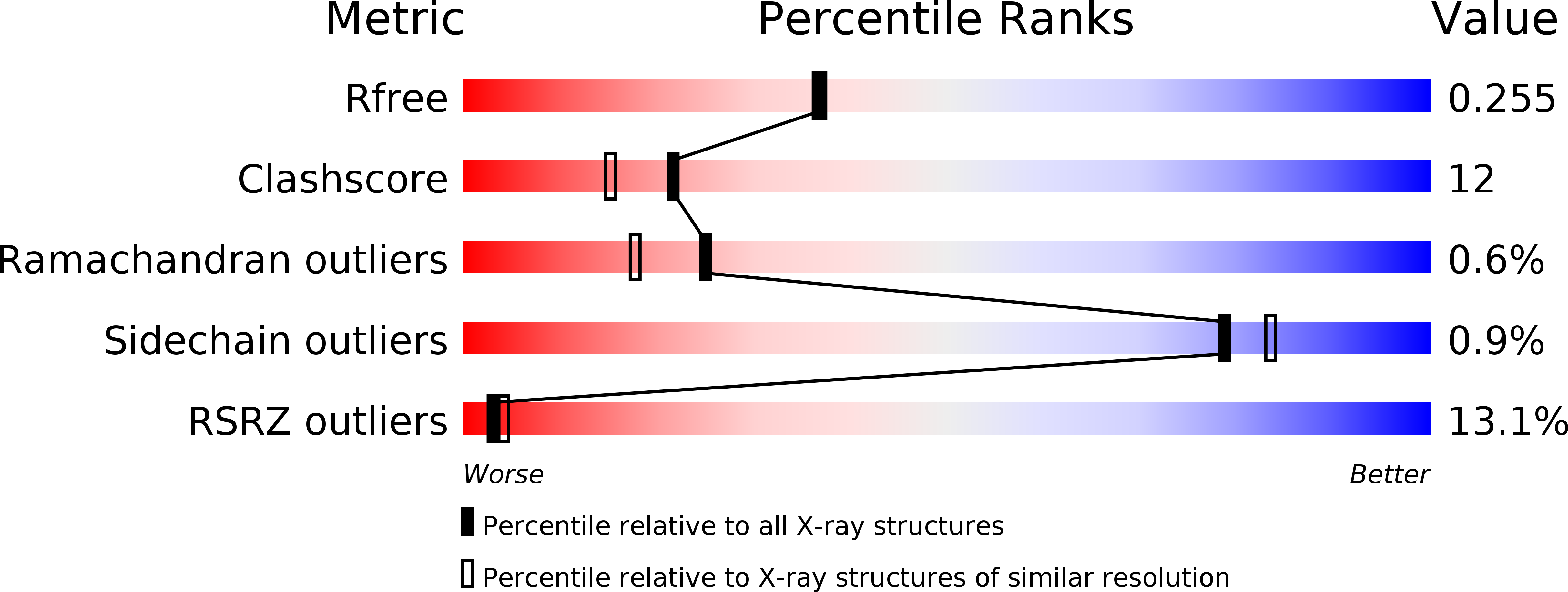
Deposition Date
2011-02-09
Release Date
2012-02-15
Last Version Date
2023-11-01
Entry Detail
PDB ID:
3QO3
Keywords:
Title:
Crystal structure of Escherichia coli Hfq, in complex with ATP
Biological Source:
Source Organism:
Escherichia coli (Taxon ID: 83333)
Host Organism:
Method Details:
Experimental Method:
Resolution:
2.15 Å
R-Value Free:
0.25
R-Value Work:
0.22
R-Value Observed:
0.22
Space Group:
C 1 2 1


